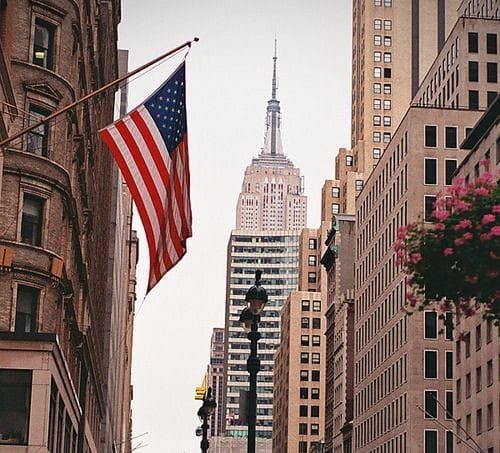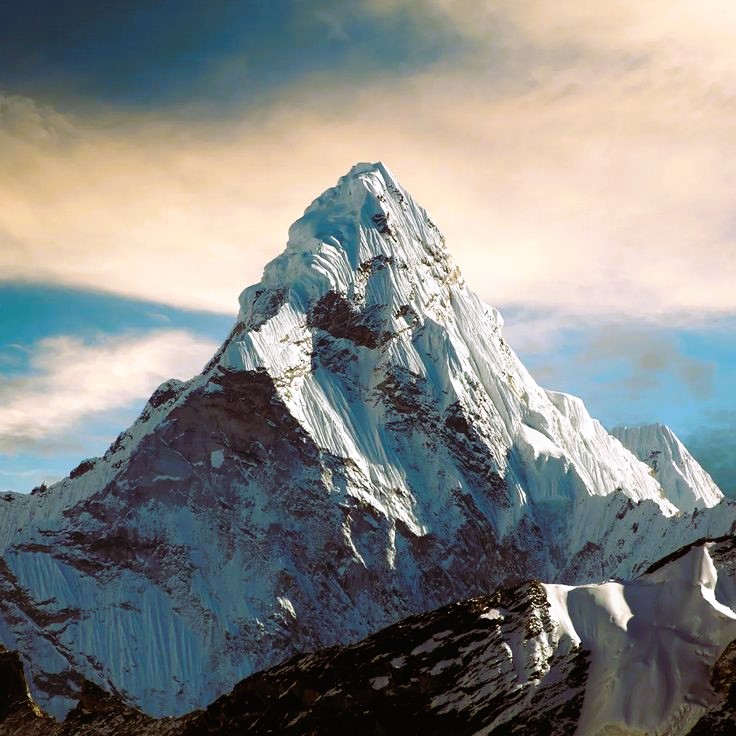Presidential Inauguration Day is a historic event that marks the peaceful transfer of power in the United States. It’s a moment when traditions, history, and ceremony come together to celebrate democracy. But did you know there’s more to Inauguration Day than meets the eye? Here are some fascinating facts you might not know about this iconic day.

1. The First Inauguration Wasn’t in Washington, D.C.
When George Washington became the first U.S. president on April 30, 1789, his inauguration didn’t take place in Washington, D.C. Instead, it was held in New York City at Federal Hall because Washington, D.C., didn’t exist yet.
Philadelphia also hosted an inauguration when Washington began his second term in 1793. It wasn’t until 1801 that Thomas Jefferson was inaugurated in the newly established capital city of Washington, D.C.
2. The Oath of Office Hasn’t Always Been the Same
The U.S. Constitution provides the exact wording for the presidential oath of office, but small variations have occurred over the years. For example:
- Herbert Hoover said “preserve” instead of “protect” in 1929.
- Some presidents, starting with George Washington (though it’s debated), added “So help me God” to the end of the oath.
Despite these changes, the essence of the oath remains a solemn commitment to uphold the Constitution.
3. Inauguration Day Used to Be in March
Until 1933, presidents were inaugurated on March 4. This long gap between Election Day in November and Inauguration Day allowed time for votes to be counted and for the new government to prepare.
The 20th Amendment, ratified in 1933, moved Inauguration Day to January 20 to shorten the “lame-duck” period. Franklin D. Roosevelt was the first president inaugurated on this date in 1937.
4. Weather Can Impact Inauguration Day
Weather has shaped some memorable inaugurations. For instance:
- In 1841, William Henry Harrison gave the longest inaugural speech (nearly two hours) in freezing rain. He caught pneumonia and died a month later.
- In 1985, Ronald Reagan’s second inauguration moved indoors because the temperature was -10°F (-23°C).
The weather often plays a big role in whether the event goes as planned.
5. Special Bibles Are Often Used
Most presidents take their oath of office with their hand on a Bible, and the choice of Bible often holds symbolic meaning:
- Abraham Lincoln’s Bible was also used by Barack Obama and Donald Trump.
- John F. Kennedy, the first Catholic president, used a Catholic Bible.
- Theodore Roosevelt didn’t use a Bible at all when he was sworn in after President McKinley’s assassination.
Sometimes, presidents choose specific passages to reflect their goals or values.
6. The Inaugural Parade Has Evolved Over Time
The inaugural parade is a celebration of the diversity and strength of the United States. It started in 1801 when Thomas Jefferson walked to the White House after taking the oath of office.
Other milestones include:
- African American soldiers joining Abraham Lincoln’s parade in 1865.
- Women participating in Warren G. Harding’s parade in 1921 after gaining the right to vote.
Today, the parade features military bands, cultural performances, and floats from all over the country.
7. Inaugural Balls Are a Longstanding Tradition
The first inaugural ball was held in 1809 for President James Madison and his wife, Dolley. Since then, these glamorous events have grown into a major highlight of Inauguration Day.
Bill Clinton holds the record for hosting the most inaugural balls—14 in 1993. These events allow people to celebrate with music, dancing, and speeches.
8. Some Inaugurations Were Held in Unusual Places
Not every president was inaugurated in Washington, D.C., or with grand ceremonies. For example:
- Calvin Coolidge was sworn in at his family’s Vermont home after President Warren G. Harding’s sudden death.
- Lyndon B. Johnson took the oath aboard Air Force One after John F. Kennedy’s assassination.
These moments highlight the flexibility and strength of American democracy during challenging times.
9. Technology Changed How We Experience Inaugurations
Advances in technology have made it possible for people across the globe to witness Inauguration Day:
- The first photo of an inauguration was taken in 1857 at James Buchanan’s ceremony.
- William McKinley’s 1897 inauguration was the first to be filmed.
- Harry Truman’s inauguration in 1949 was the first televised.
- In 2021, Joe Biden’s inauguration included virtual celebrations due to the COVID-19 pandemic.
10. Inauguration Day Has Had Some Surprising Moments
Inauguration Day isn’t always perfect. For example:
- Andrew Jackson invited the public to the White House after his inauguration in 1829, leading to a wild party that damaged the furniture.
- Dwight D. Eisenhower accidentally said “principal” instead of “president” during his oath.
These quirky moments remind us that even historic events can have a human touch.
Read: 11 Interesting Facts About the Premier League You Might Not Know




Can you be more specific about the content of your article? After reading it, I still have some doubts. Hope you can help me.
Your point of view caught my eye and was very interesting. Thanks. I have a question for you.
I don’t think the title of your article matches the content lol. Just kidding, mainly because I had some doubts after reading the article.